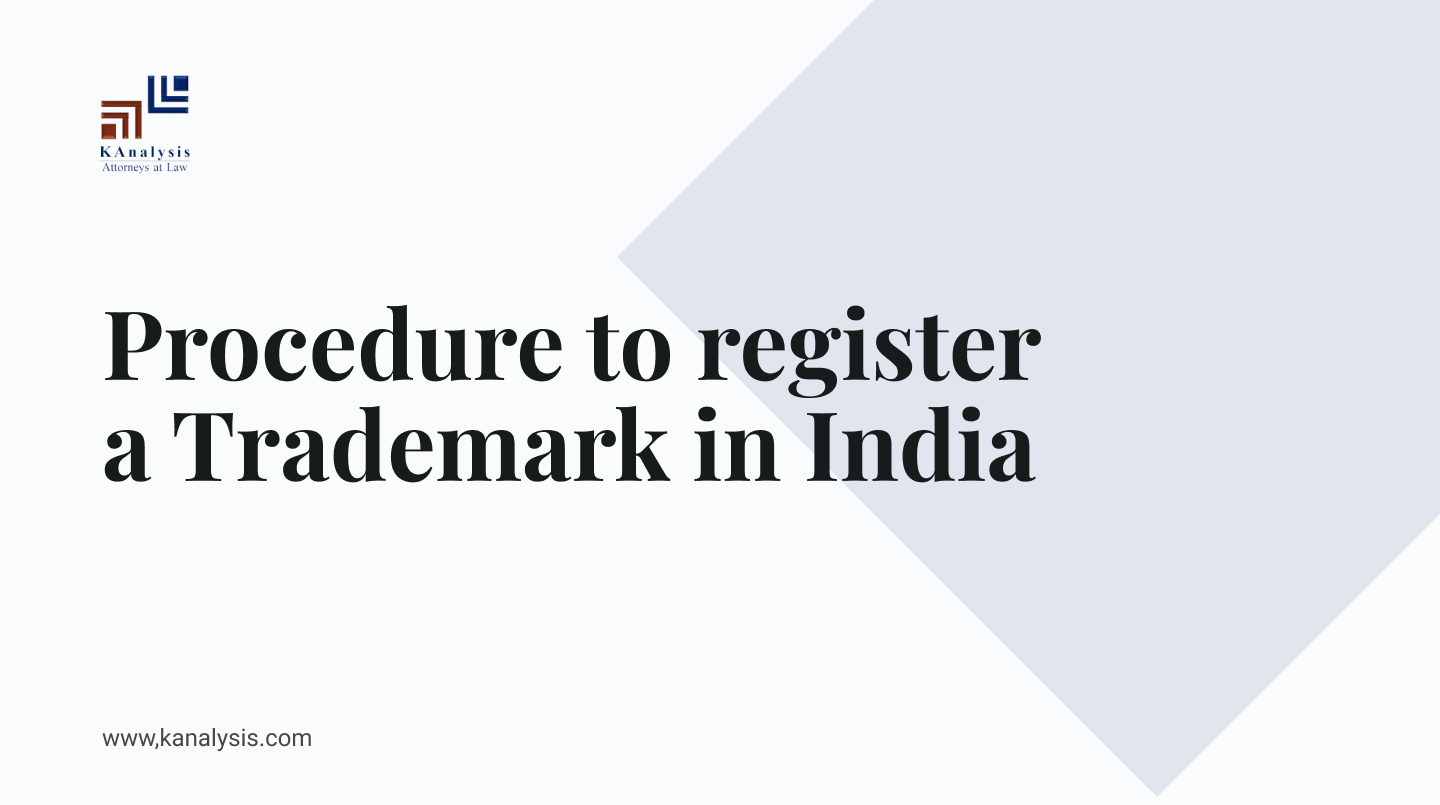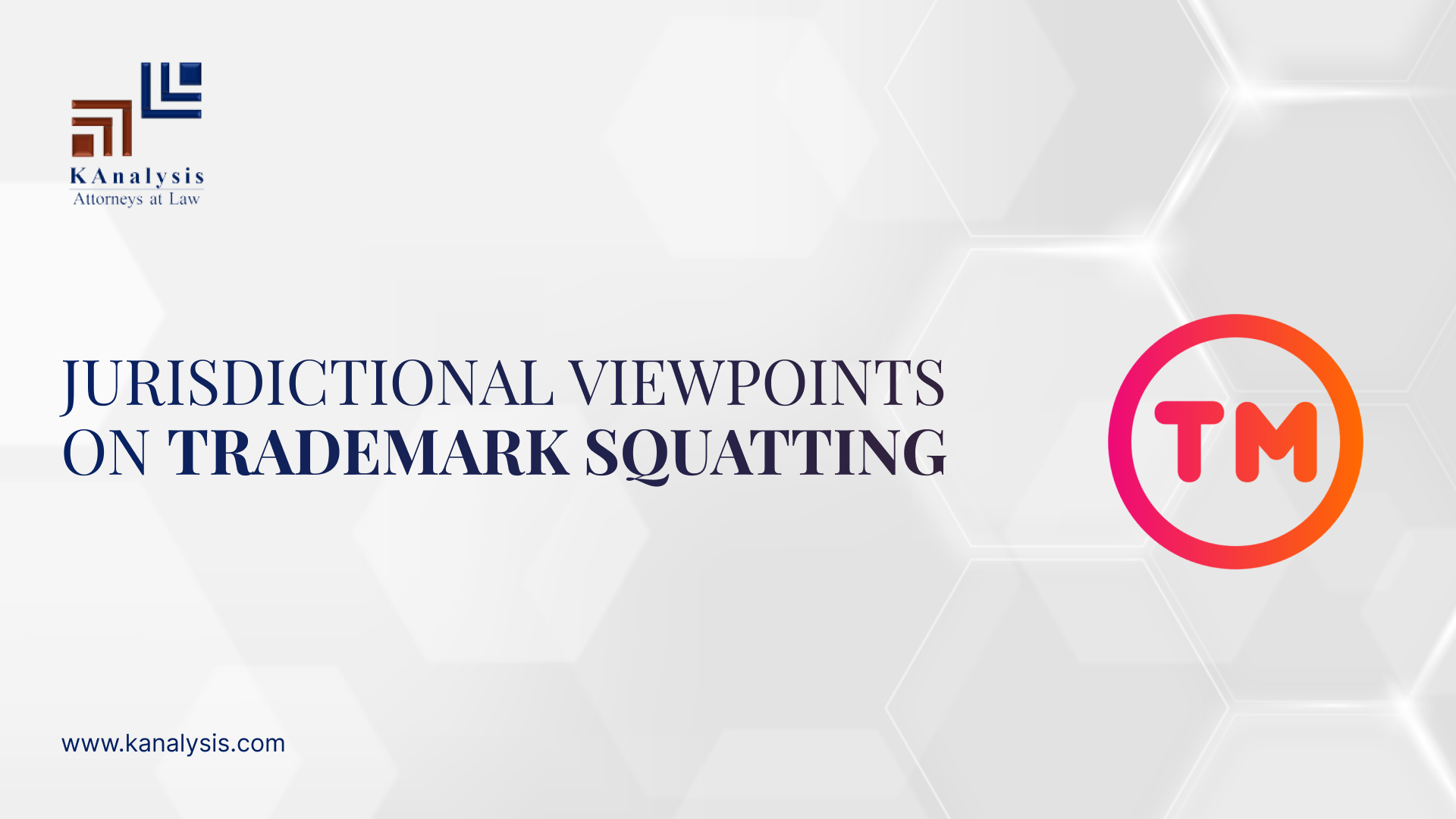The process for registering a trademark in India is as follows:
1. Search for conflicting marks: The first step in the trademark registration process is to conduct a search for conflicting marks to determine whether the mark being applied for is available for use. This may involve searching databases of registered trademarks and pending applications, as well as conducting a search of common law trademarks (i.e., trademarks that are not registered but are in use).
2. File the trademark application: If the mark is available for use, the next step is to file a trademark application with the Indian Intellectual Property Office (IIPO). The application must include:
- A completed trademark application form
- The fee for filing the application
- A representation of the mark (e.g., a drawing or a photograph)
- A list of the goods or services that the mark will be used to identify
3. Examination of the application: After the application is filed, it will be reviewed by an examining attorney to determine whether it meets the requirements for registration. This includes evaluating whether the mark is distinctive, whether it is likely to cause confusion with any existing trademarks, and whether it meets the other requirements for registration.
4. Publication of the mark: If the examining attorney determines that the mark is eligible for registration, the mark will be published in the Trademarks Journal, which is a publicly available database of trademarks. This allows other parties to see the mark and to object to its registration if they believe it is likely to cause confusion with their own mark or if it otherwise does not meet the requirements for registration.
5. Registration of the mark: If there are no objections or issues that need to be resolved, the mark will be registered and the applicant will receive a certificate of registration. If there are objections or issues that need to be resolved, the process may be delayed until they are resolved.
Overall, the process for registering a trademark in India is designed to ensure that trademarks are eligible for registration and to prevent marks that are likely to cause confusion from being registered. By following this process, the government can help to protect the rights of trademark owners and prevent disputes over the use of trademarks.
Subscribe to our monthly newsletter here and read all our blogs here




